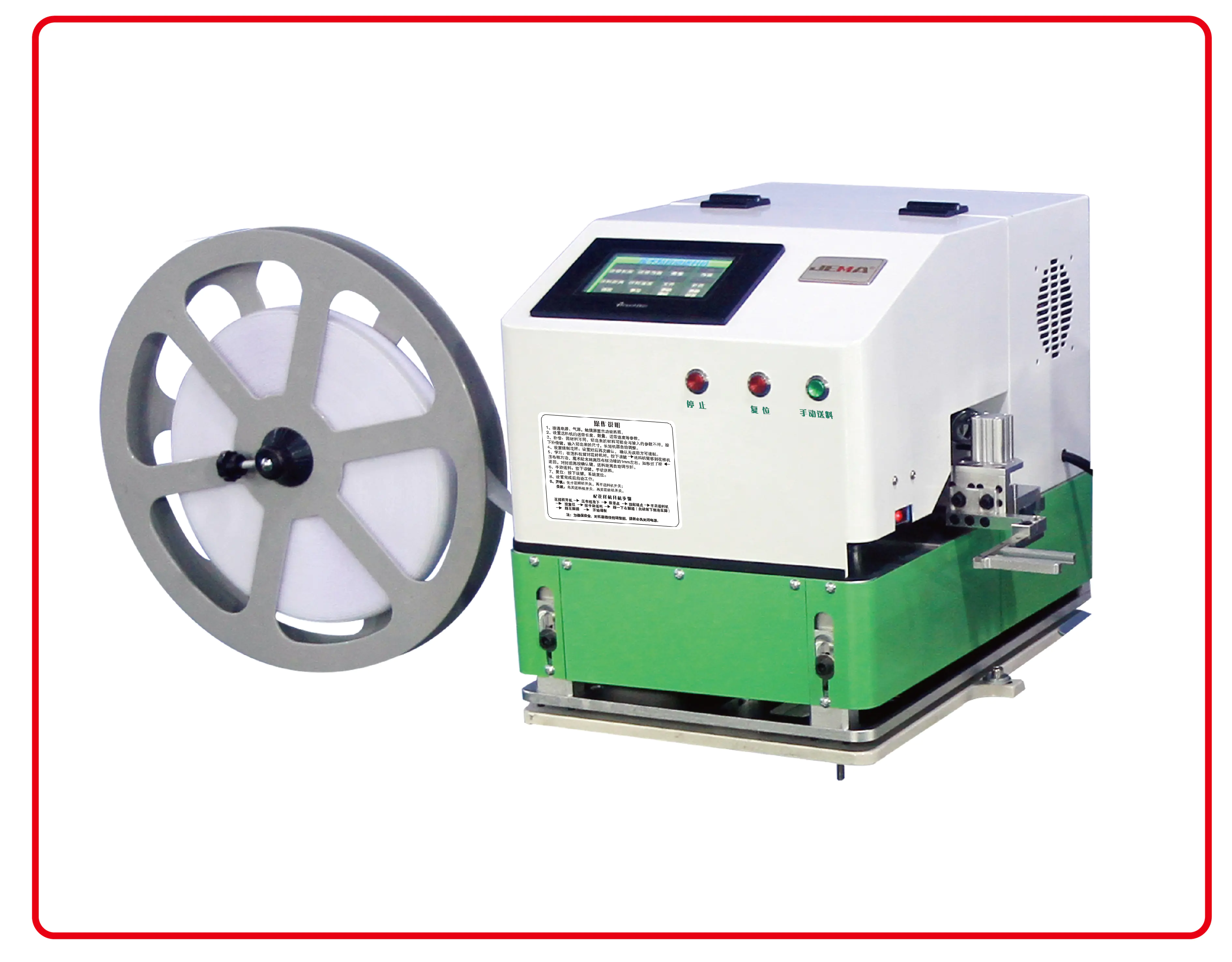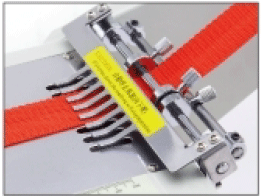Cutting high-elasticity materials, such as rubber, foam, and sponge, presents unique challenges due to their flexibility and stretchability.
Maintaining precise dimensions and clean edges while avoiding deformation is a primary concern in industrial and manufacturing applications.
Elastic Cutting Machine is often recommended for such materials, but its effectiveness depends on machine design, blade type, and operational settings.
Proper evaluation of these factors is essential to ensure quality, efficiency, and reduced material waste.

Material Properties and Challenges
High-elasticity materials have properties that make cutting more complex than rigid substrates:
- Rubber can stretch under pressure, making precise cuts difficult without proper tensioning.
- Foam and sponge exhibit variable density, which may result in uneven edges or tearing.
- Some materials have memory effects, returning to their original shape after deformation, which complicates cutting consistency.
- Understanding these characteristics allows operators to select suitable blades, speed, and pressure settings.
Blade Selection and Cutting Mechanisms
Blade type and cutting mechanism play a crucial role in handling flexible materials:
- Oscillating or reciprocating blades reduce material drag, reducing deformation during cuts.
- Rotary blades may require careful tension adjustment to prevent stretching or compression of soft substrates.
- Heated blades or vibration-assisted cutting can improve edge quality for sticky or highly elastic materials.
- Blade material and sharpness are essential to maintain consistent cutting performance and reduce maintenance frequency.
Speed and Pressure Optimization
Cutting speed and applied pressure are critical to achieving clean results:
- Excessive speed can cause material stretching, tearing, or uneven surfaces.
- Too little speed may result in incomplete cuts or require multiple passes, reducing efficiency.
- Pressure must be balanced carefully: over-compression can deform soft materials, while insufficient pressure may leave uncut areas.
- Machines with adjustable speed and pressure controls allow customization for different material types and thicknesses.
Material Stabilization Techniques
Maintaining material stability during cutting is essential for accurate results:
- Clamps or vacuum tables help hold flexible materials in place to prevent movement.
- Roll-to-roll feeding systems maintain consistent tension for sheet materials.
- Alignment guides ensure straight cuts and decrease waste from uneven edges.
- Proper stabilization reduces errors and improves overall production efficiency.
Thermal and Maintenance Considerations
Cutting high-elasticity materials generates heat and wear on machine components:
- Friction from blades can soften materials or cause deformation, particularly for rubber.
- Regular blade inspection and replacement are necessary to maintain cutting precision.
- Cleaning and lubrication of moving parts prevent the accumulation of debris and maintain machine longevity.
- Monitoring machine temperature and material behavior ensures consistent quality across multiple production cycles.
Applications and Industry Use
Elastic Cutting Machines are used extensively in industries requiring the precise processing of flexible materials:
- Automotive industry: cutting rubber seals, gaskets, and insulation components.
- Packaging: creating foam inserts for product protection.
- Footwear and textiles: producing sponge padding, cushions, and shoe components.
Machines that handle variable elasticity materials are versatile and support a wide range of industrial applications.
Elastic Cutting Machine is suitable for cutting high-elasticity materials such as rubber and foam when properly configured.
Selecting the correct blade type, adjusting speed and pressure, and stabilizing the material are essential for accurate, high-quality cuts.
Regular maintenance, thermal monitoring, and understanding material behavior enhance machine performance and extend its service life.
With these considerations, the Elastic Cutting Machine provides an efficient, precise, and reliable solution for processing soft, flexible materials in diverse industrial contexts.

 英语
英语 中文简体
中文简体 西班牙语
西班牙语 越南语
越南语 葡萄牙语
葡萄牙语 土耳其语
土耳其语







